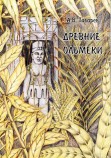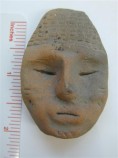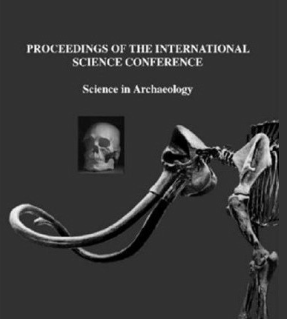The following articles and research papers are provided for your use. More will be added soon. Please share with others and cite the appropriate sources.

Click here to access the paper online.
What fun to compare the data from one site with that from another.
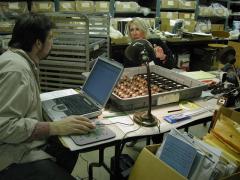
Colleagues from around the world share data with us, and we are happy to reciprocate. Researchers of note include Andrei Tabarev, Tom Gilbert, Eske Willserslev, Steve Jett, Betty Meggers, Priscilla Wegars, and others whose work will be included in this website. Please look them up online in the interim!
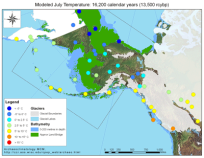
Was the Land Bridge a viable route for the earliest peopling of the Americas? Not according to experts such as Dr. Betty Meggers and Dr. Reid Bryson.
Article: Read about the relationship between archaeology and old or ancient climate data for the Salem, Oregon area:
web3PaleoXSalem All of the information was ground truthed”, through excavations and laboratory analysis.
This article was originally published in Screenings, a publication of the Oregon Archaeological Society.
If you have an interest in Russia, Japan, and MesoAmerican archaeology, be aware of work by Andrei Tabarev, Head of the Division of Foreign Archaeology, Institute of Archaeology and Ethnography, Novosibirsk, Russia.

In the 16th C. (1500’s), some American Indians on Oregon’s coast took Ming Dynasty Chinese porcelains and made them into projectile points. A discussion of archaeological features and cultural materials, in this case shipwrecks and artifacts, is detailed in this article webCAHO shipwreck scan++.doc
This article was originally published in CurrentArchaeological Happenings in Oregon, a publication of the Association for Oregon Archaeologists.
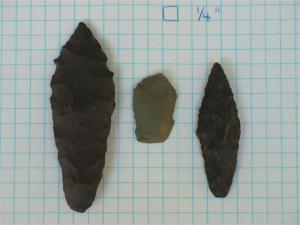
Article: Although the link says that it is the start of the article, this became the entire, printed article. A pre-Clovis presence in the Willamette Valley of Western Oregon–near Portland, Oregon: Start article CAHO Clovis in the Valley
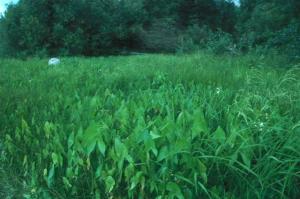
Archaeology and climate studies come together in this description of prehistoric site environments, in webvanc-lkRvrclimate This article was originally published in Screenings, a publication of the Oregon Archaeological Society.
The article, International Travel in the Pleistocene, is now available online. It discusses the extinction of selected megafauna, species specific disease, climate variations, and the problems with associating humans with Pleistocene extinctions. Please see webMEGAFAUNA for discussions on these topics and others.
A predator bird with a wing span the length of a Ford van was documented in Pleistocene deposits at Woodburn, Oregon. Avian paleontologist, Dr. Kenneth Campbell, identified this animal as a new species. It was subsequently named Teratornis woodburnensis, and the details about this 12,000 year old species can be downloaded from Oregon Teratorn 2002
For breaking news on the plight of scientists who are being denied the right to study, please go to www.friendsofpast.org. This is a non-profit, science advocacy site, dedicated to fair and honest research.
GENOME SEQUENCES OF THREE CRUCIVIRUSES FOUND IN THE WILLAMETTE VALLEY (OREGON)
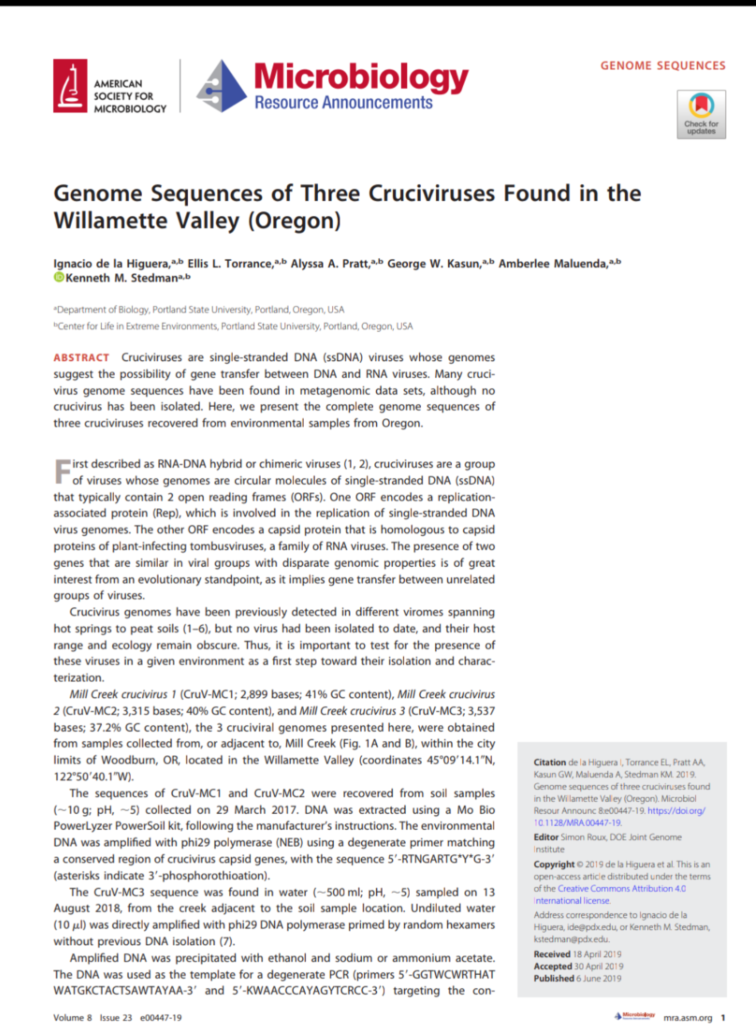
Read the complete article here: https://www.ncbi.nlm.nih.gov/pmc/articles/PMC6554611/

